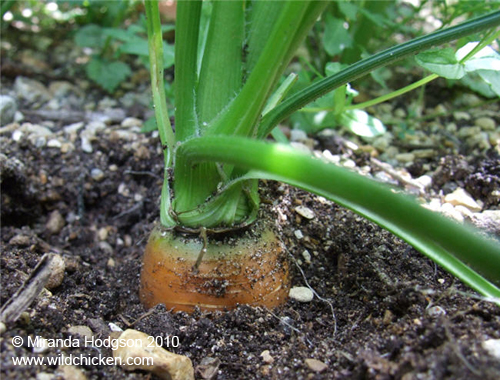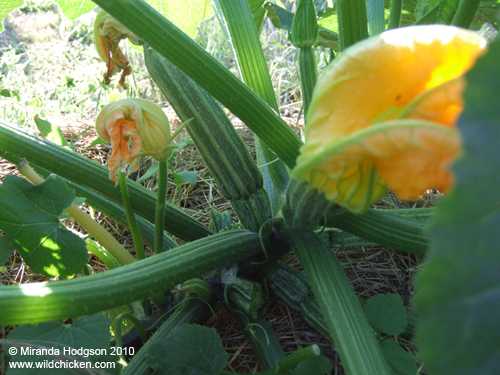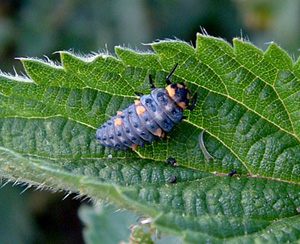The vegetable garden in July - what to do now

Rain! Weíve finally had some rain. Every day, for weeks, Iíve been checking the forecasts. Mostly theyíve said Ďhot and dryí and sometimes theyíve shown rain in three or four dayís time, but thatís where itís stayed, until today when a gentle, soaking rain started in the early hours. The RHS reckons we are now five inches short of rain and that will take some making up, so donít let up on the watering as the plants need all they can get. Give priority to plants in flower so they get what they need to form pods or fruit.
Watering late in the evening or early in the morning is best as this means the plants get what they need before the moisture evaporates. If you are troubled by slugs and snails, water in the morning so that the soil is dryer over night and less comfortable for them to slither across.
This month we can look forward to the first meals of our carefully grown vegetables. Carrots are about ready for pulling, courgettes and French beans are ripening, pea pods are swelling and salad greens are thick and lush.

Romaine lettuces in pots
Courgettes grow at an alarming rate, so check the plants often and pick regularly. Sometimes the plants produce a lot of male flowers before the fruiting female ones appear, but donít worry, they will be along soon. If you've planted more than four courgette plants, you'll probably soon have more than enough and will have to start giving them away.
The picture below shows the difference between them Ė the male flowers have a thin stem, whilst the female flowers have a small courgette at the base.

Courgette flowers
Vegetables to sow
There is still much that can be sown to ensure a succession of fresh produce. Keep sowing salad greens, Oriental greens, coriander, Swiss chard, spring onions, beetroot and radishes. Also make sowings of bush beans and peas, which will grow and crop quickly.
Vegetables to plant out
Plant out winter cabbages, kale, leeks, sprouting broccoli, Brussels sprouts and autumn cauliflower. If you havenít grown from seed, many plants are available from nurseries and garden centres.
Things to watch out for
Aphids are on the increase at the moment and may be making themselves a meal of your beans. Aphids are born pregnant, so can increase at an astonishing rate Ė you can control them by rubbing them off the stems, washing them off with the garden hose, spraying with a soap-based pesticide or waiting for predators to eat them. Look out for the larvae of ladybirds (pictured below) as these will eat many hundreds of aphids and can clean up plants quite quickly. If you see ladybird larvae, don't spray as it will kill the larvae too.

Ladybird larva
Fingers crossed that we donít get tomato blight again. If we do, look out for black blotches on the leaves and stems and blackening fruit. Once blight has struck, there is little you can do except pick the remaining green tomatoes and make chutney with them, then cut down and burn the plants or bag them and put them in the rubbish bin. Donít compost them as the spores will stay in the compost heap. Check this page for pictures of the symptoms: The dreaded tomato blight
Keep following the 'Things to watch out for' advice from previous weeks - see links below.
Continue with all the good work put in during the previous weeks to ensure good supplies of fresh produce. Then bring out the table and chairs, sit back, pour a cold one and enjoy the fruits of your labours!
© Copyright Miranda Hodgson 2010